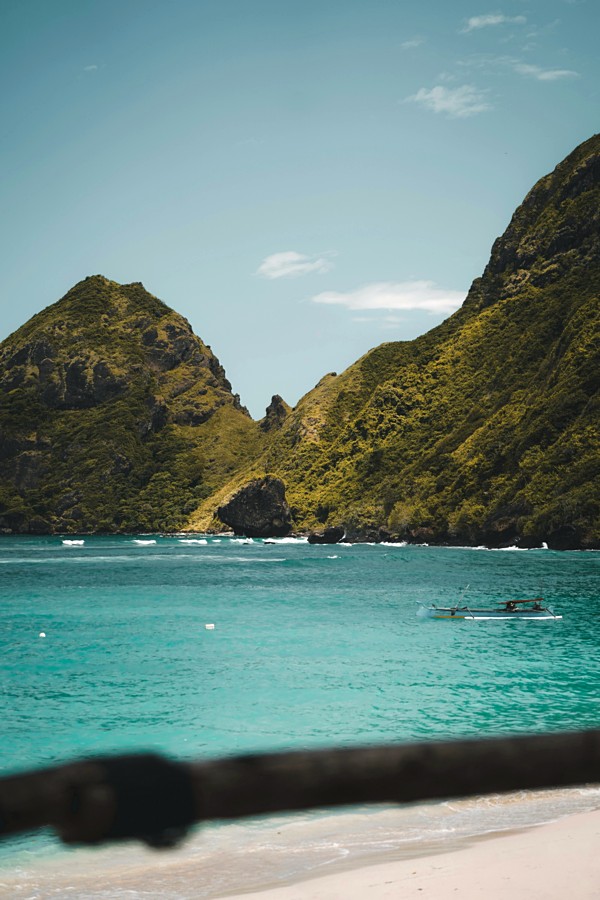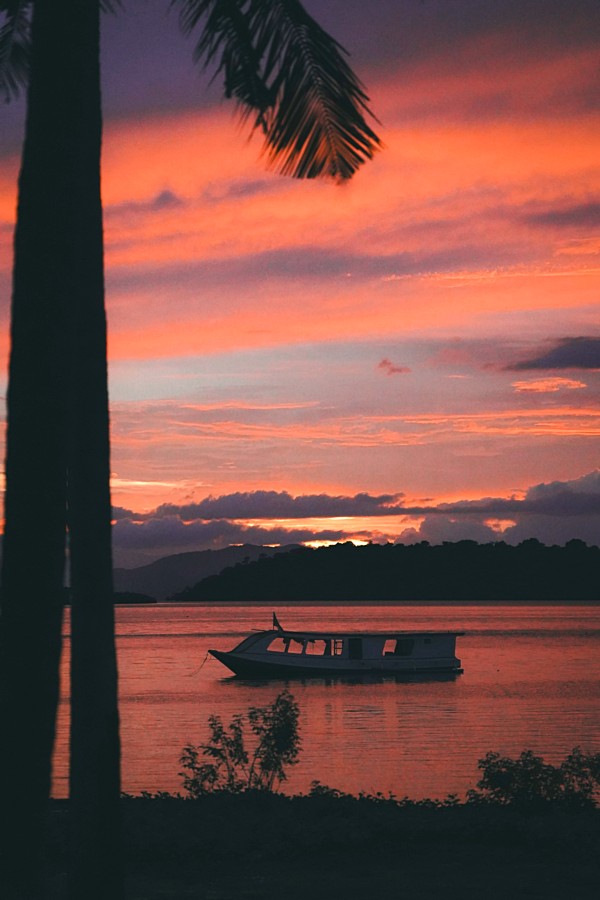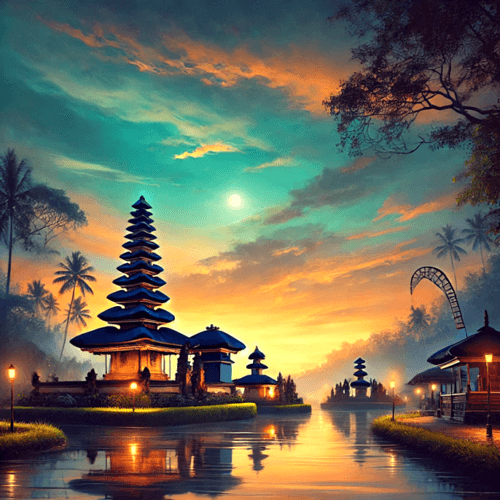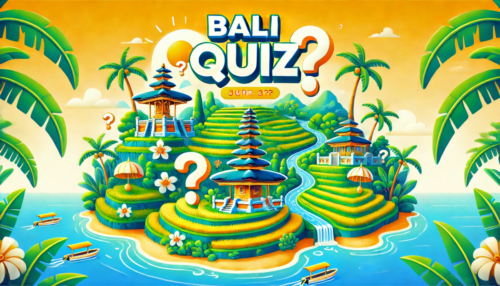Untamed coasts and vast landscapes shape the soul of Sumbawa, a land of hidden treasures.
Indonesia’s Unspoiled Island of Surf, Nature, and Tradition
Lying east of Lombok and west of Flores, Sumbawa is a large yet lesser-known island in Indonesia, often overshadowed by its more popular neighbors. With its rugged landscapes, uncrowded beaches, and traditional villages, Sumbawa is a dream destination for those seeking off-the-beaten-path adventures. From world-class surf breaks to volcanic craters and stunning waterfalls, Sumbawa offers a raw and authentic Indonesian experience that’s hard to find elsewhere.
Divided into West and East Sumbawa, the island offers a wide range of activities for nature enthusiasts, surfers, and travelers looking to immerse themselves in local culture. While Sumbawa lacks the bustling tourism infrastructure of Bali or Lombok, its charm lies in its untamed nature and the warm hospitality of its people.
Surfing in Sumbawa: A Hidden Paradise for Surfers
For many, Sumbawa is synonymous with surfing. The island is home to some of the best and most challenging surf breaks in Indonesia, attracting surfers from around the world who are in search of uncrowded waves and pristine beaches. Two of the most famous surf spots on the island are Lakey Peak and Scar Reef, both of which offer powerful, consistent waves that cater to experienced surfers.
Lakey Peak, located on the island’s southern coast, is perhaps the most well-known surf spot in Sumbawa. The reef break creates perfect A-frame waves, making it suitable for both left and right-hand surfers. The area around Lakey Beach has a few basic accommodations, surf camps, and local warungs (small restaurants), providing everything surfers need to enjoy an extended stay in this remote part of Indonesia.
Another popular surfing destination is Scar Reef, located in West Sumbawa. Known for its fast, hollow waves, Scar Reef is ideal for advanced surfers looking for a challenge. The best time to surf in Sumbawa is during the dry season, between May and September, when the swells are consistent, and the winds are offshore.
TIP: If you’re a beginner, Lakey Peak also offers nearby spots like Periscopes and Nungas that have gentler waves and are perfect for those just starting out.
Exploring Sumbawa’s Natural Wonders
Beyond its reputation as a surfing haven, Sumbawa is also known for its stunning landscapes and diverse natural attractions. One of the island’s most impressive natural features is Mount Tambora, an active volcano located in the north. Mount Tambora is famous for its catastrophic eruption in 1815, which is considered one of the most powerful volcanic eruptions in recorded history. Today, the volcano and its enormous crater can be explored by trekking enthusiasts who are up for the challenge. The hike to the summit takes about two to three days, with climbers passing through lush forests and barren volcanic landscapes before reaching the rim of the crater. The view from the top is truly breathtaking, offering a panoramic view of Sumbawa’s dramatic coastline and surrounding islands.
For those looking for a less strenuous adventure, Sumbawa’s waterfalls are a perfect option. Moyo Island, located just off the coast of Sumbawa, is a hidden paradise known for its pristine waterfalls and untouched nature. The island’s Mata Jitu Waterfall is particularly famous, having been visited by Princess Diana in the 1990s. The waterfall cascades through several levels, creating natural pools where visitors can swim in crystal-clear water surrounded by lush jungle.
Back on the mainland, the Agal Waterfall, located near the town of Dompu, offers another refreshing escape. This waterfall is surrounded by dense forest and is less frequented by tourists, making it an ideal spot for those seeking tranquility and natural beauty.
Sumbawa’s Rich Culture and Traditions
Sumbawa is home to a rich cultural heritage that reflects the island’s deep connection to its history and traditions. The people of Sumbawa are predominantly Muslim, but the island also has influences from animism and Hinduism, creating a unique cultural blend. One of the best ways to experience Sumbawa’s culture is by visiting its traditional villages, where age-old customs and craftsmanship are still practiced.
In these villages, you can witness traditional Sumbawan architecture, with houses built on stilts and topped with thatched roofs. Many of these villages are also known for their traditional weaving techniques, producing intricate handwoven textiles that are often used in ceremonies and everyday life.
One of the island’s most significant cultural events is the Bakiak festival, which takes place in Dompu. This festival is a colorful celebration that involves traditional horse racing, dance performances, and music. Horse racing, in particular, holds a special place in Sumbawan culture. The races, known as Pacoa Jara, feature young jockeys—often children—riding small, energetic horses across dusty tracks. The event draws crowds from all over the island and is a lively display of Sumbawan tradition and sportsmanship.
TIP: If you’re visiting during a festival like Pacoa Jara, take the time to watch the horse races—it’s an exciting and culturally rich experience unique to Sumbawa.
Experience the Untouched Beauty of Sumbawa
Sumbawa is an island that offers the adventurous traveler a chance to experience Indonesia’s natural beauty and cultural richness without the crowds. From riding the waves at Lakey Peak to trekking up the slopes of Mount Tambora, the island provides countless opportunities for exploration and adventure. Its remote beaches, traditional villages, and lush landscapes make it a hidden gem that deserves to be on every traveler’s radar.
Whether you’re a surfer chasing the perfect wave, a hiker looking for your next mountain to conquer, or a cultural enthusiast interested in traditional festivals and craftsmanship, Sumbawa is a destination that promises unforgettable experiences. With its untamed wilderness and warm hospitality, Sumbawa invites you to discover a side of Indonesia that few have explored.








